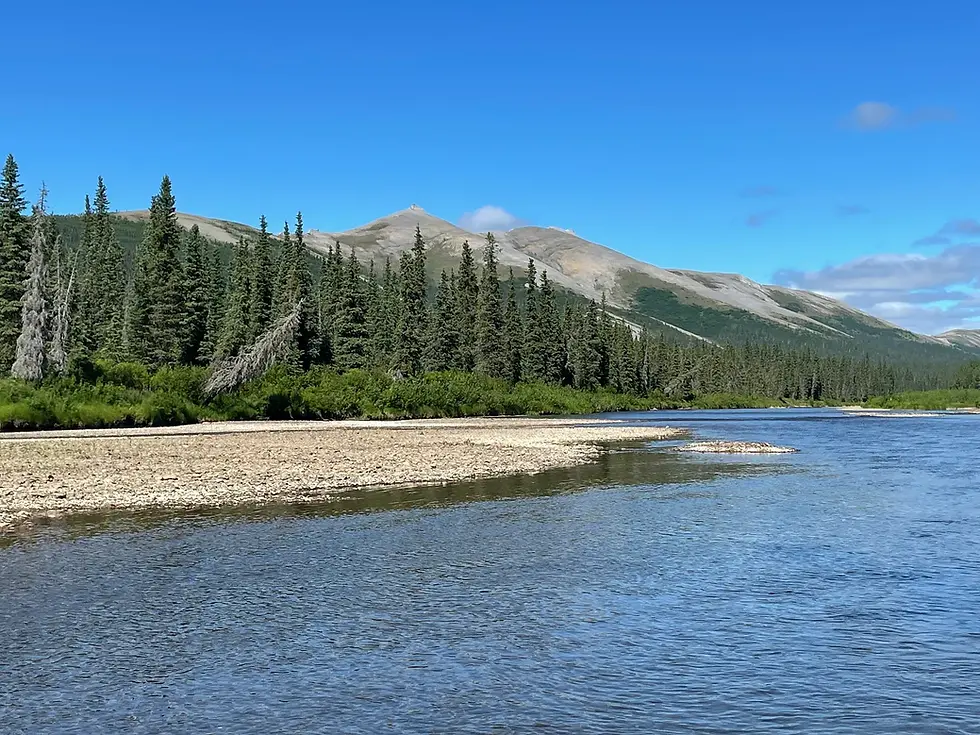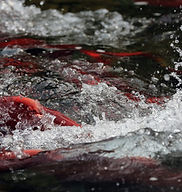2014 – 2016 Alaska Seabird die-off linked to warming Ocean
- Norton Bay Watershed Council

- Feb 6, 2020
- 1 min read
February 6, 2020

Beginning in late 2013, beaches along the Pacific coast from northern California to the tip of the Aleutian Chain were littered with the football-shaped bodies of sea birds. The common murre, a black and white bird which deep-dives to feed on schools of small fish, was hard hit in what was to become the largest seabird die-off on record.
Some 50,000 to 1 million common murres are thought to have died. Marine biologists have traced the die-off to a two-year increase in ocean temperatures. The heatwave, caused by a combination of climate change and a strong El Nino, effected the entire marine food web. Warmer waters reduced the size and nutritional content of tiny zooplankton and hence the forage fish that feed on them. At the same time, the higher temperatures drove up the metabolism of larger fish, like Pacific cod and walleye pollock, putting increased pressure on forage fish stocks.
For murres, this meant fewer fish with a lower nutritional value. This scarcity resulted in wide-spread starvation and a failure to reproduce for two or more consecutive summers. Murres were not alone in this decline, which also impacted other forage fish-eating birds like tufted puffins, and mammals like California sea lions, and humpback and fin whales.








Comments